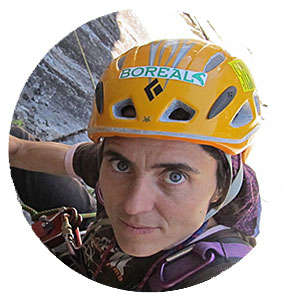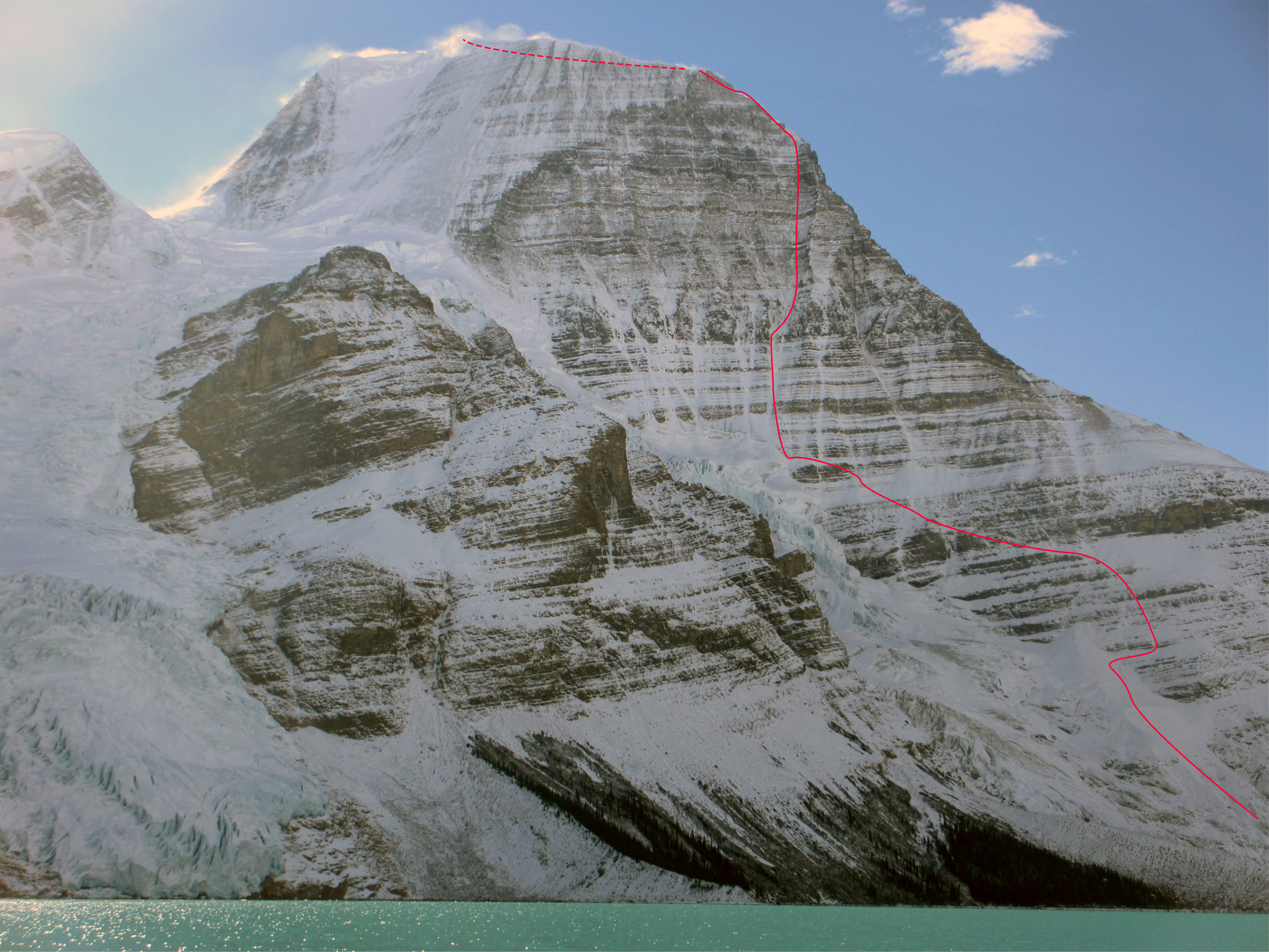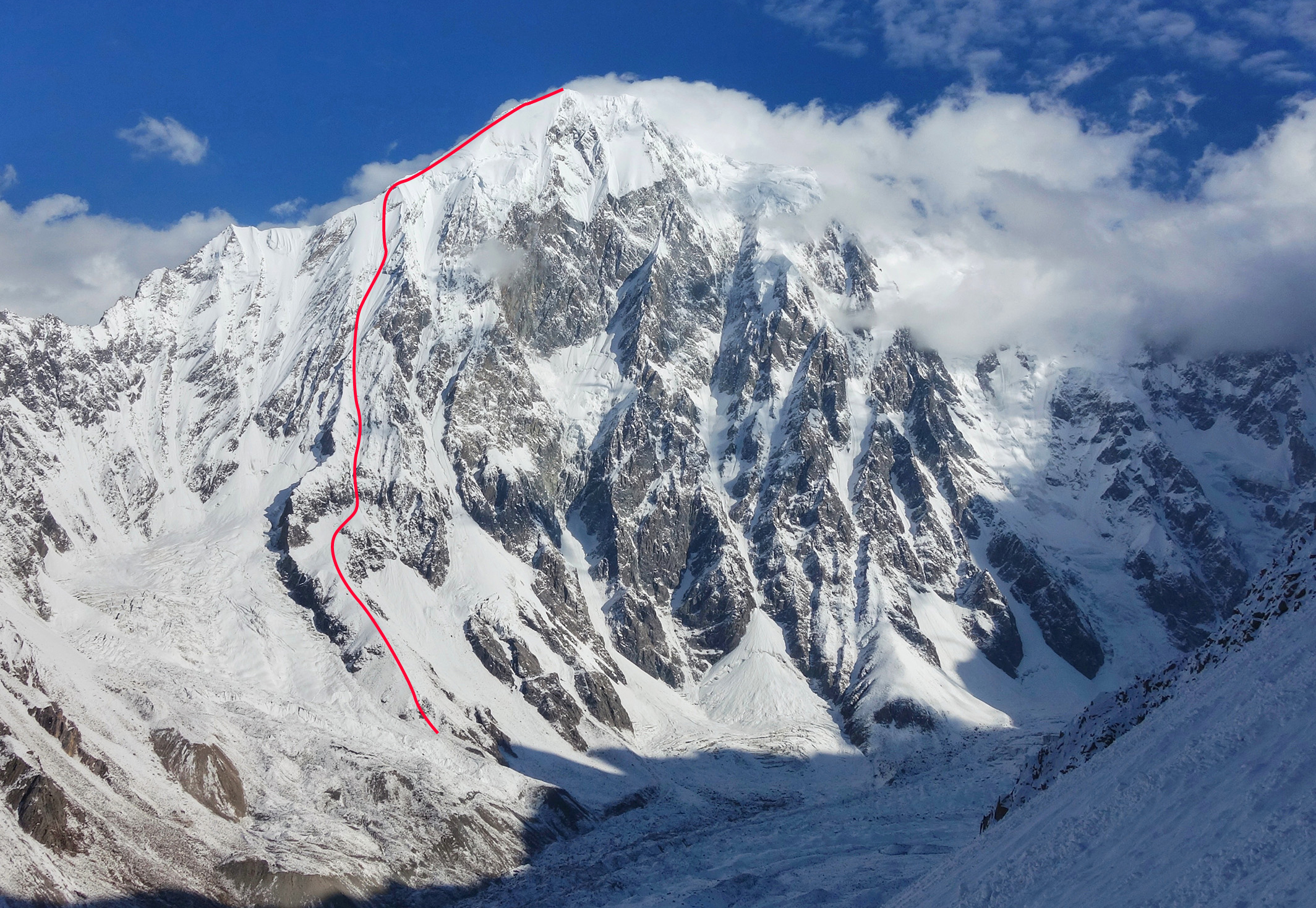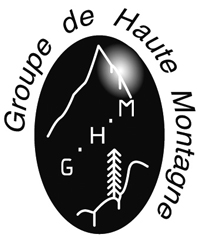SPECIAL MENTION - SILVIA VIDAL
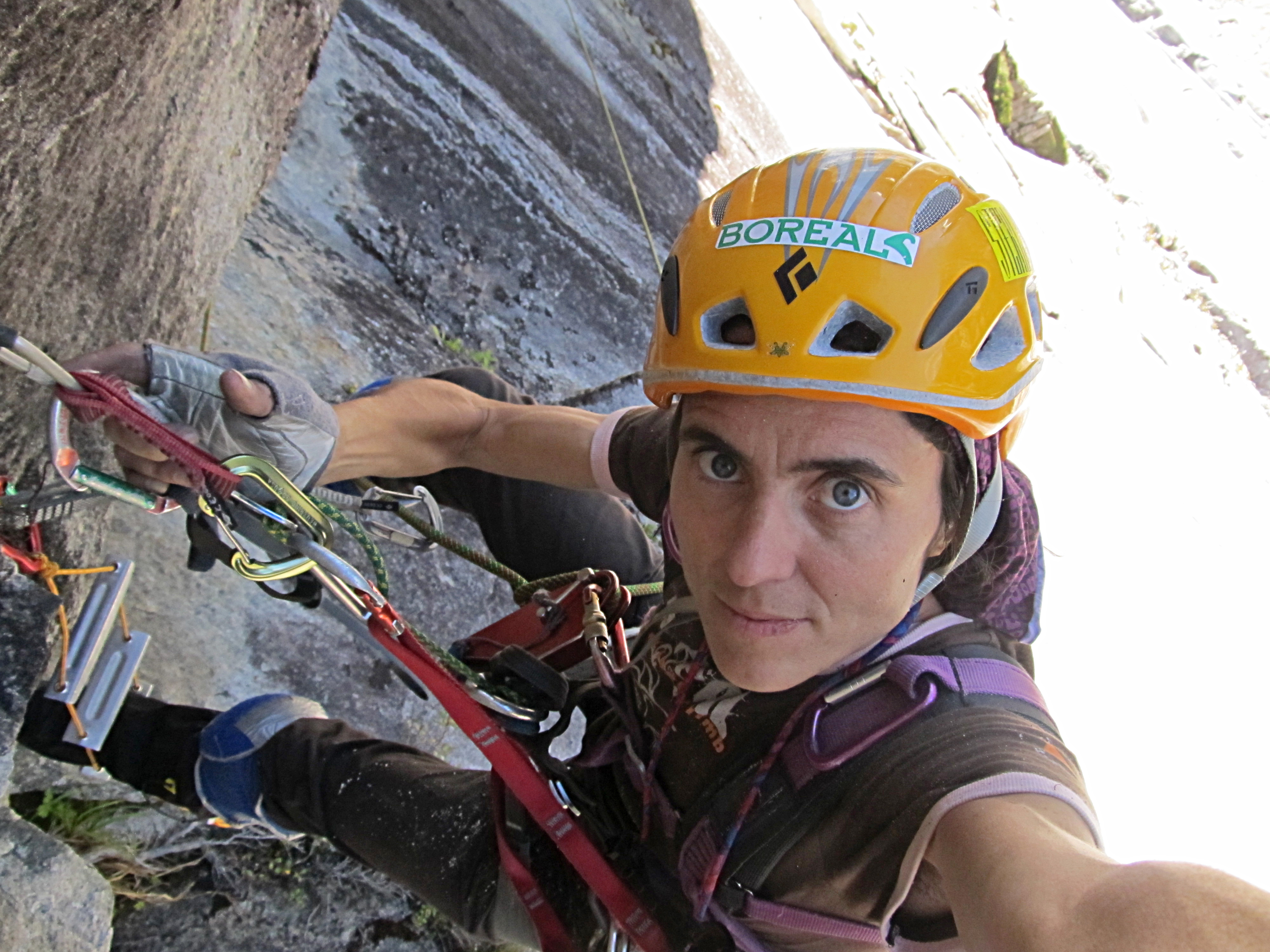
©Silvia Vidal
The Piolets d'Or promotes progressive mountaineering, alpine-style, doing more with less. Our awards reflect this ethos. But it also champions the spirit of exploration, a high level of commitment and self-sufficiency.
In this respect the Piolets d'Or would like to acknowledge the huge contribution to solo big wall climbing for more than two decades by Silvia Vidal. This Catalan is well-known for her impressive feats of endurance and hard aid climbing on remote big walls around the world. Her most notable ascents have been achieved mainly in total autonomy: entirely alone, no radio, no mobile, no GPS, no weather forecasts, no communication. Drilling tends to be minimal, and always by hand.
Vidal's new routes, climbed in capsule style, lie in places such as Alaska, Canada, Chile, India, Mali, Pakistan and Peru. Significant solo ascents include: Life is Lilac (870m, 6a A4+), Shipton Spire, Pakistan (21 days alone on the face, 2007); Naufragi (1,050m, 6a+ A4+), Raldang, India (25 days alone on the face, 2010); Espiadimonis (1,500m, 6b A4), Serrinia Avalancha, Chile (two weeks fixing the first 350m, then 32 days on the face, a total of nearly two months alone in this wild region, 2012); Un Pas Més (530m, 6a A4+), Xanadu, Alaska (36 days of ferrying equipment - 540km of walking - both up to and down from the face, and 17 days alone on the wall, 2017), and most recently Sincronia Magica (1,180m, 6a+ A3+), El Chileno Grande, Chile (16 days were spent load carrying, in and out, and after fixing the initial 180m, 33 days were spent alone on the wall, 2020).
